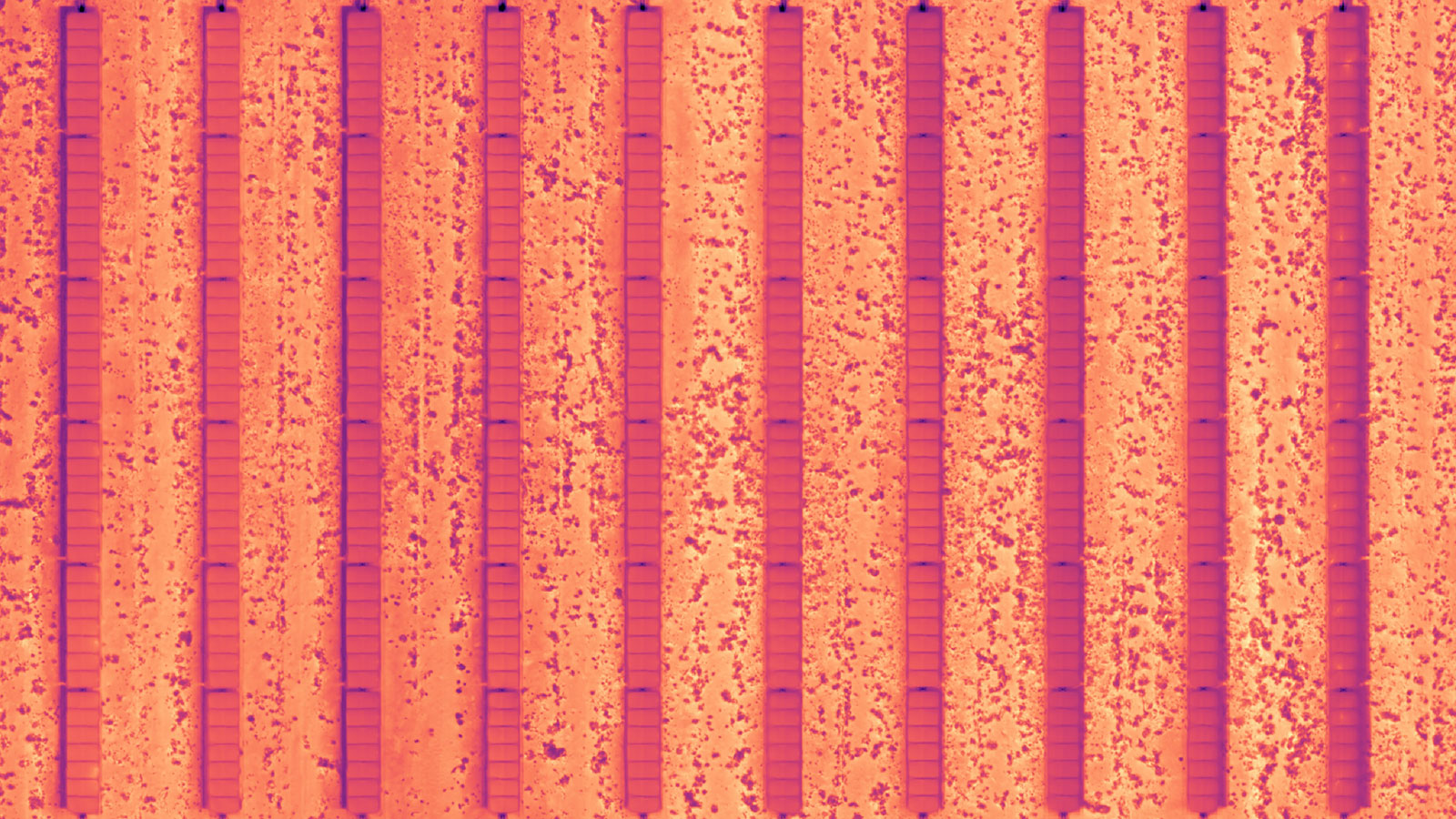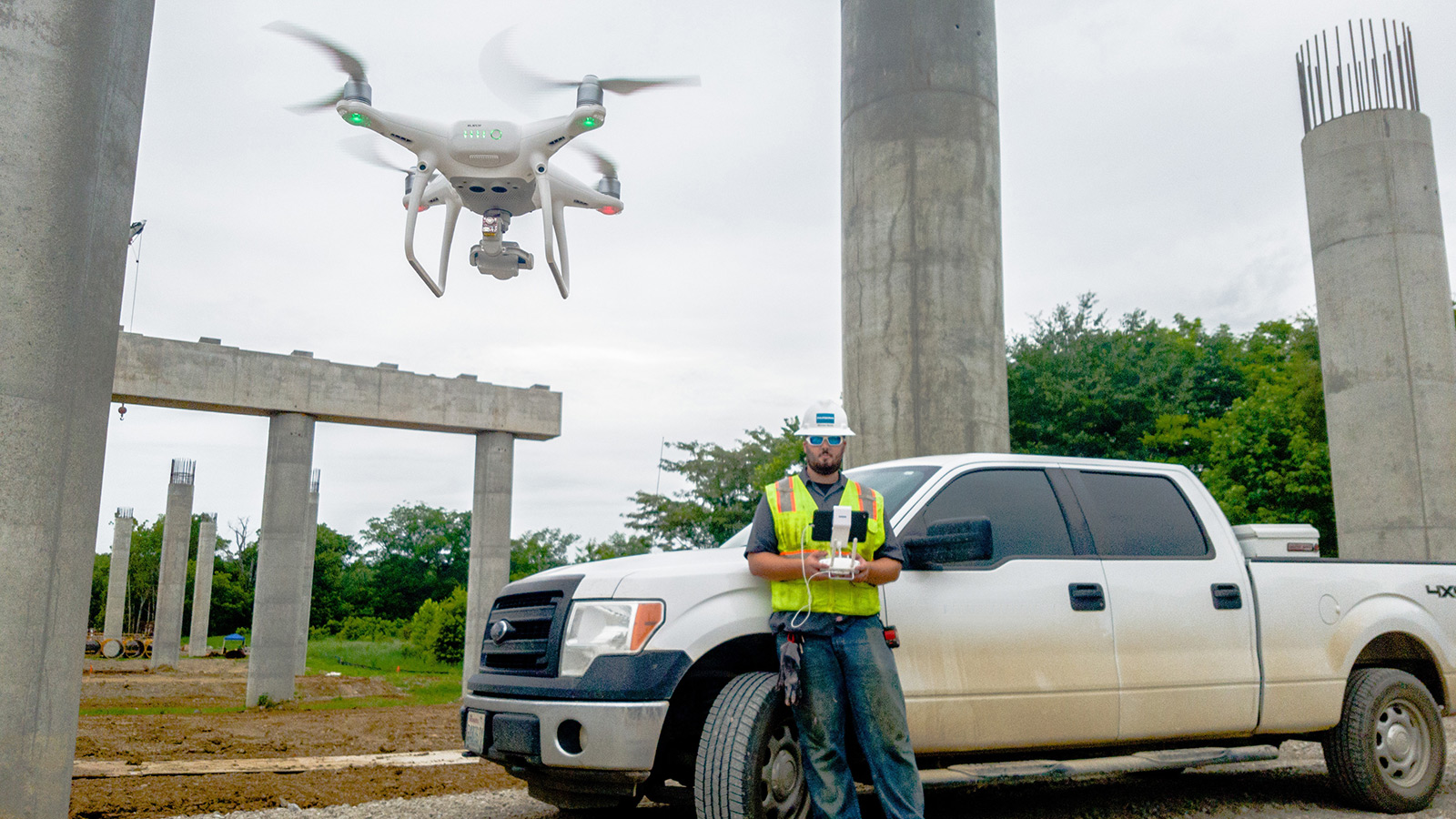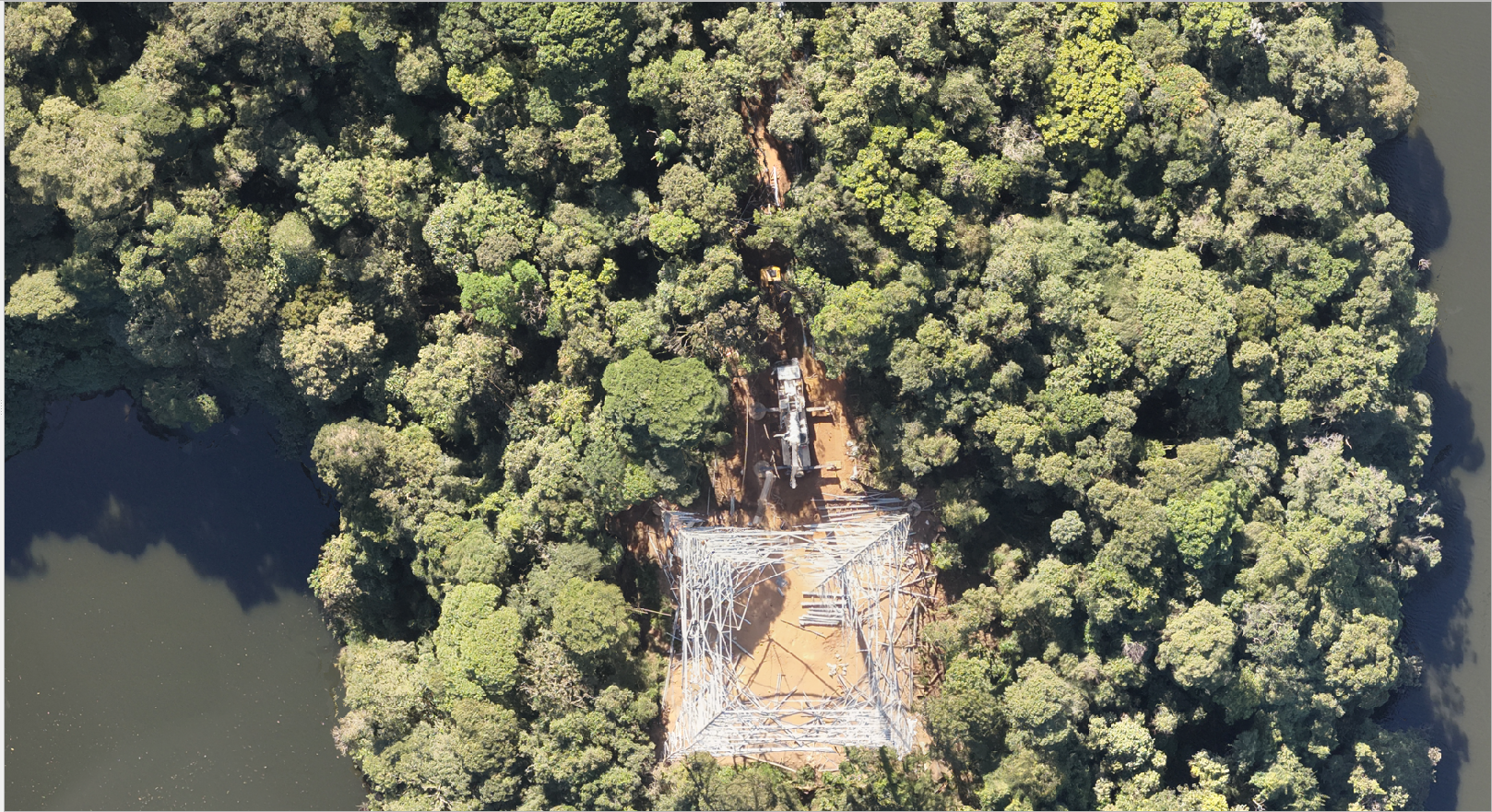5 key things we wish we knew before flying a drone
Whether you’ve been working with drones and photogrammetry for five months or five years, you were a beginner once. There are some mistakes that many of us will make, and the Pix4D Training team has heard it all. Our trainers, Andrew and Rhéa, have shared some lessons that people have learned the hard way and compiled a list of the top 5 tips that may save you a failed drone flight, improve safety, decrease costs, and maybe even help you avoid a bit of embarrassment.
1. What are the local flight regulations for drones?
Don’t go out with a drone unless you're familiar with the local regulations and know whether or not you need a pilot’s license, special ID, or special insurance. It is important to avoid crowded areas, flying beyond the visual line of sight (BVLOS), and avoid airfields.
What is important to know: Drone regulations vary according to region. At least 28 countries have either no legislation (and therefore a blanket ban), highly strict rules, or regulatory legislations in place. There are a variety of reasons for regulations regarding drones - air traffic control, privacy, and public safety to name a few. To avoid missing a change to the rules, make sure you stay up-to-date with the latest regulations.
Lesson learned the hard way: some flight planning software has built-in restrictions. One pilot had permission to fly near an airfield, but their flight app would not let them enter the restricted airspace!

2. What’s the right drone hardware?
There are many different types of UAVs. The trade-offs for choosing the right hardware are best assessed by your own team: what are you surveying? What is the size of your typical project? Are you prioritizing maneuverability or data quantity? Use your typical assignment to define the best hardware for you. It may also be the case that drones aren’t the right tools for the job, and you need to find alternative photogrammetry and surveying hardware.
What is important to know: The two most popular types of drones for photogrammetry are fixed-wing or multirotor drones. Multirotor drones are typically more maneuverable, while fixed-wing drones have a longer flight time. Whichever one you decide to use will determine how you work and process data.
Lesson learned the hard way: Whether you are using a multirotor drone or a fixed-wing drone for a corridor mapping project, make sure your flight plan covers the entirety of your target mapping area! If you want to process images with photogrammetry, you need a comprehensive dataset with no gaps in it.

3. What’s your aim for data collection? RGB, multispectral or thermal imagery?
The type of data you want to use determines the camera on your drone. The first objective to define is whether you are collecting RGB, multispectral, or thermal images. Each type of imagery needs a different style of flight. This is because RGB, multispectral, and thermal drone imagery all need slightly different datasets - regarding height, camera angle, etc.
What is important to know: a drone is fun to fly - but the camera also requires your attention. The quality of images dpeends on the payload you’re carrying, which affects how you fly. Different cameras need different light exposure or flight settings to optimize image capture.
Lesson learned the hard way: data collection is a difficult task, and experience helps. However, image overlap is one of the biggest challenges in drone surveying. Too little overlap means the reconstruction will be distorted, whereas too much will mean data collection took longer than was necessary. Consult the Pix4D Support site for advice on how to optimize image overlap.

4. Do you have a pre-flight checklist?
What is important to know: Working with drones requires several different pieces of equipment. If you don’t keep track of it all you could end up on-site and realize that the batteries are still in the office. To avoid leaving behind equipment by accident, have a detailed checklist for drone missions for every trip.
Lesson learned the hard way: forgetting the drone or discovering you have a defective SD card once you look at your images. You can imagine the frustration when the pilot realized!
This is an example checklist for if you were going to survey a farm with PIX4Dfields and a multirotor drone:
- Drone and spare propellers
- Drone batteries x 2
- Phone or tablet for flight tracking on-screen
- Remote (charged!) for controlling the drone
- Connecting cables
- Empty SD card (and spares!)
- Laptop (charged!) for processing in the field
- Water, suncream, hat, etc
- Pilot’s license/flight waiver, ID papers, liability insurance, and permissions
- High visibility jacket to keep you safe
5. Lights, camera, flight!
Your data is going to be affected by lighting conditions. The Pix4D Support team recommends an overcast day which creates diffuse light. This results in minimal shadows during data collection. Consistent clouds are ideal because if shadows move a lot during the flight, it can cause distortions in processing. You can take a photo of the weather and sky conditions present at the flight location, which can help debug processing anomalies.
What is important to know: weather and lighting play a big role in drone surveying. There are very few drones that can fly in the rain without suffering serious damage or potentially being destroyed. While it may be able to takeoff, the flight plan may be disrupted if the drone is being pushed off-course by wind or damaged by rain.
Lesson learned the hard way: imagine you have your drone and you're walking out the door. The checklist is complete and you’ve got everything packed in a bag. But when you arrive… it’s raining. Always check the weather forecast.

If you keep all these factors in mind, you should be able to plan and start a flight with better odds of success. With experience, you’ll get better and learn how to plan around the unavoidable - like wind - and mitigate the things you can prevent - like forgetting the drone.
Additional information is available on the Pix4D Support site or in our training sessions. You could also attend one of our webinars to learn more about how to get the most out of your flight planning, data collection, and processing.
Tell us about your own learning, experiences, tips and recommendations when flying a drone, mapping, and photogrammetry via our LinkedIn page.



